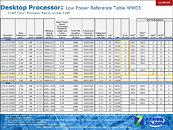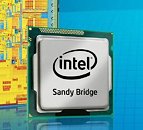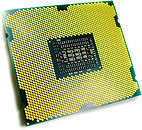
AAEON's FWS-2370 Offers up to 14 LAN with Power-Optimized Intel SoC for High-Speed Networking Solutions
AAEON, a leading provider of scalable and flexible network solutions, has expanded its network security catalog with the launch of the FWS-2370, a desktop network appliance powered by Intel Atom C5000 processors and equipped with up to 14 LAN ports. Built on the Intel Atom Processor C Series platform, with the Intel Atom Processor C5315 as its default CPU, the FWS-2370 is well-suited to SD-WAN, uCPE, and UTM applications, leveraging a number of conducive on-chip technologies such as Intel QAT and Intel VT-d/VT-x. This offers expedited encryption and decryption, while the device's high core count gives it sufficient processing power to facilitate data throughput and manage multithreaded workloads.
The FWS-2370's standout feature is its Ethernet port selection, which is comprised of eight RJ-45 ports, four running at 2.5GbE and four at 1GbE, alongside four 10GbE SFP+ ports with two LAN bypasses. Further distinguishing it from existing market offerings is the option of two PoE af/at ports, which will appeal to organizations requiring redundant high-speed networking and data transfer between multiple locations.
The FWS-2370's standout feature is its Ethernet port selection, which is comprised of eight RJ-45 ports, four running at 2.5GbE and four at 1GbE, alongside four 10GbE SFP+ ports with two LAN bypasses. Further distinguishing it from existing market offerings is the option of two PoE af/at ports, which will appeal to organizations requiring redundant high-speed networking and data transfer between multiple locations.


















